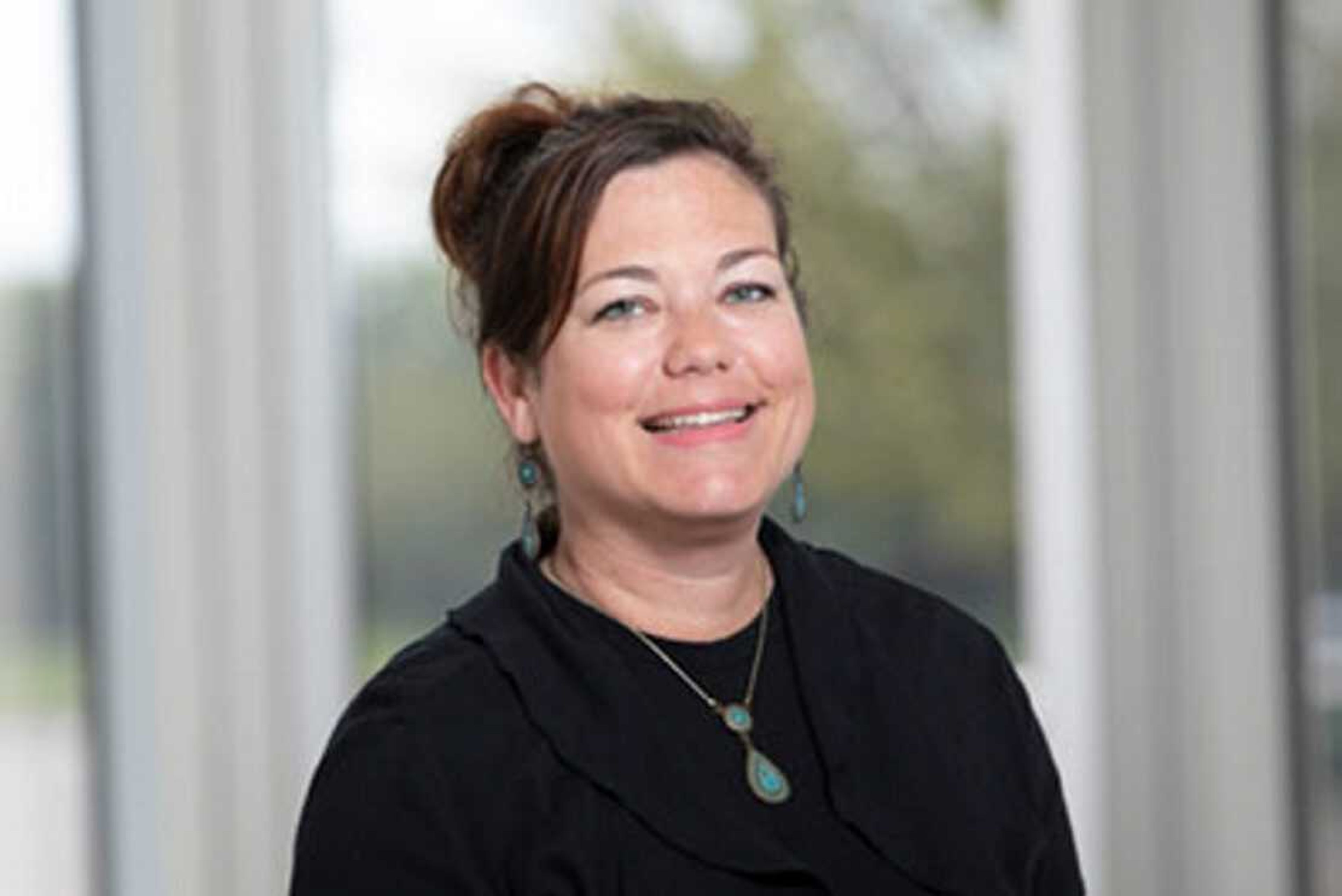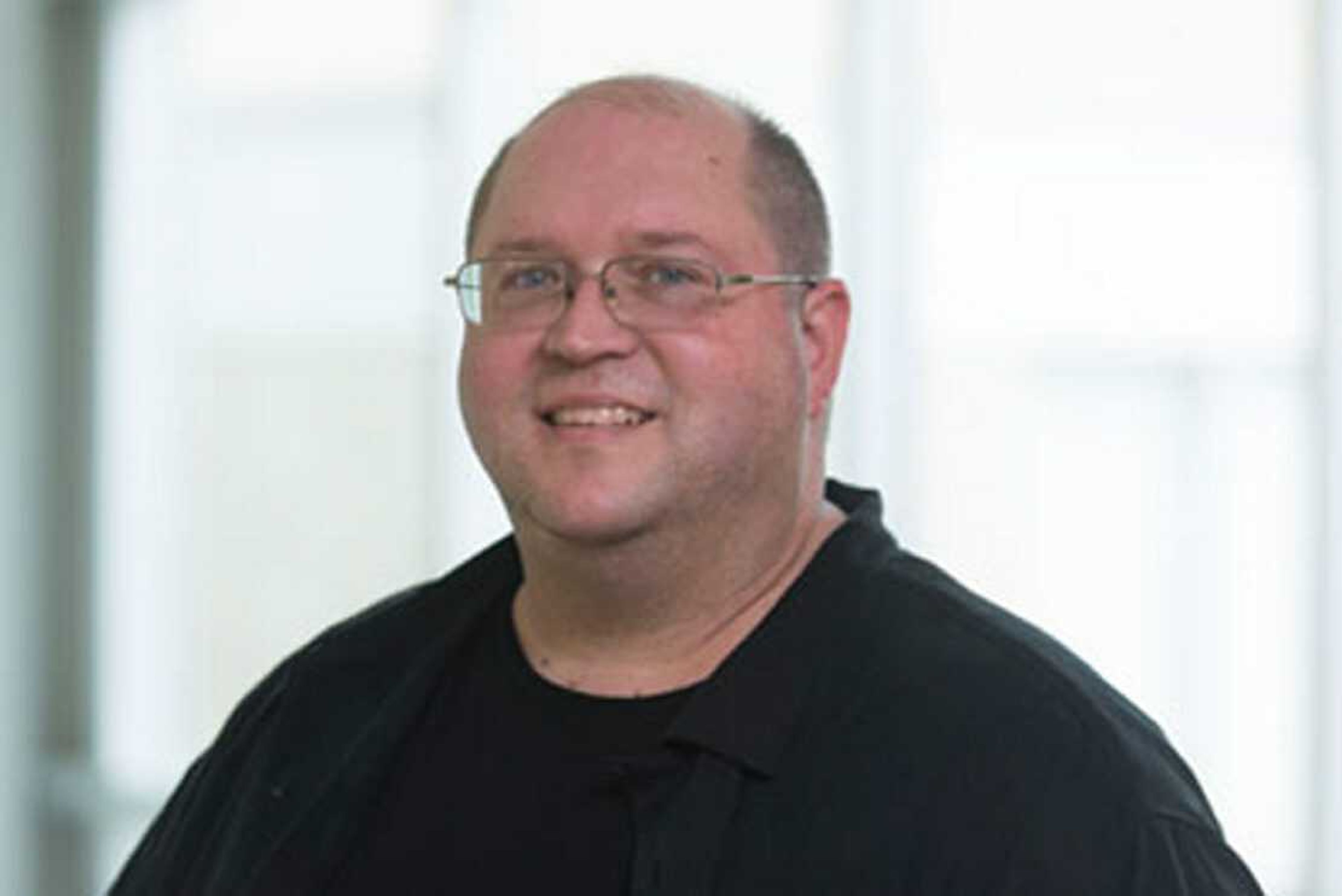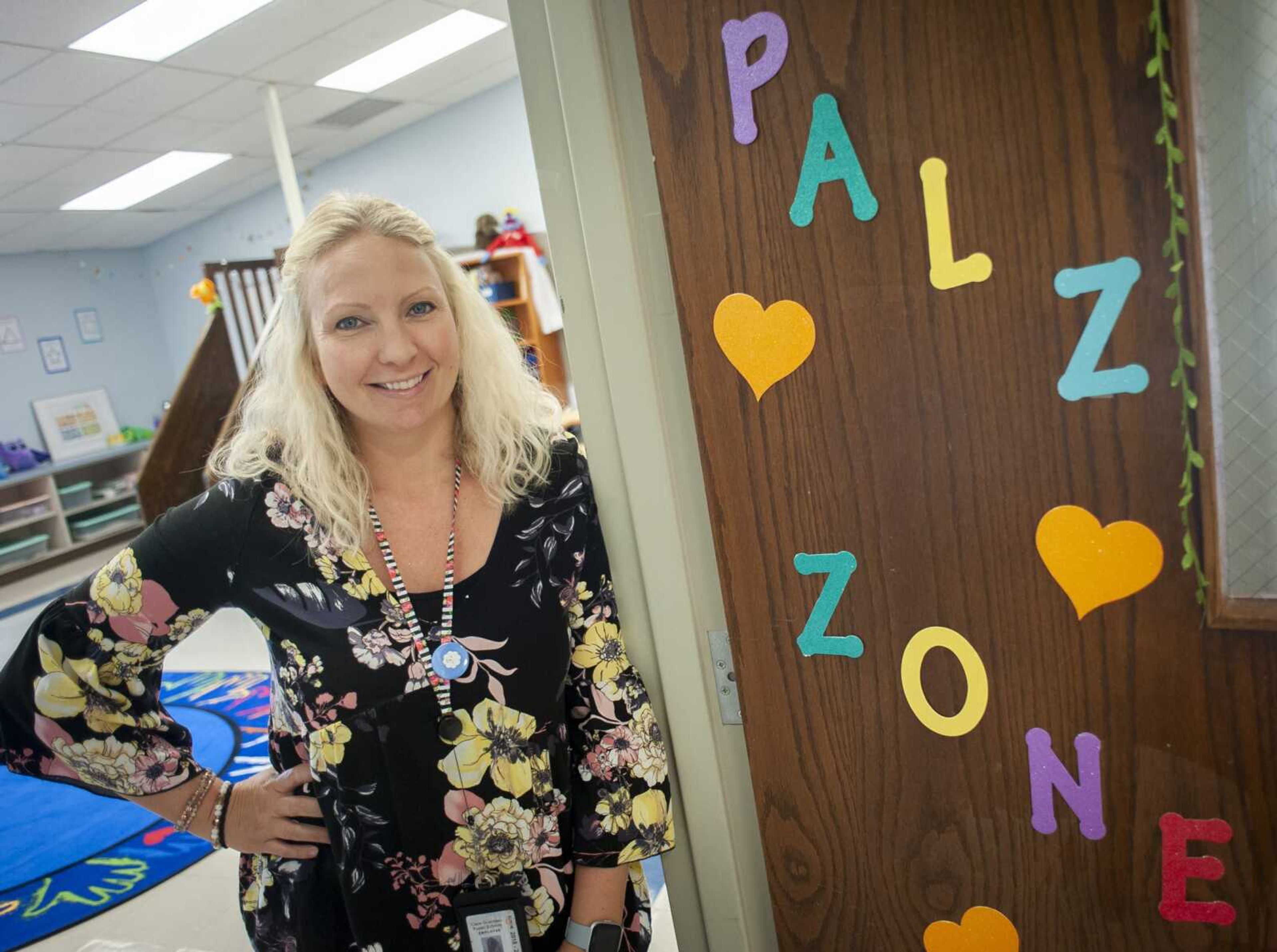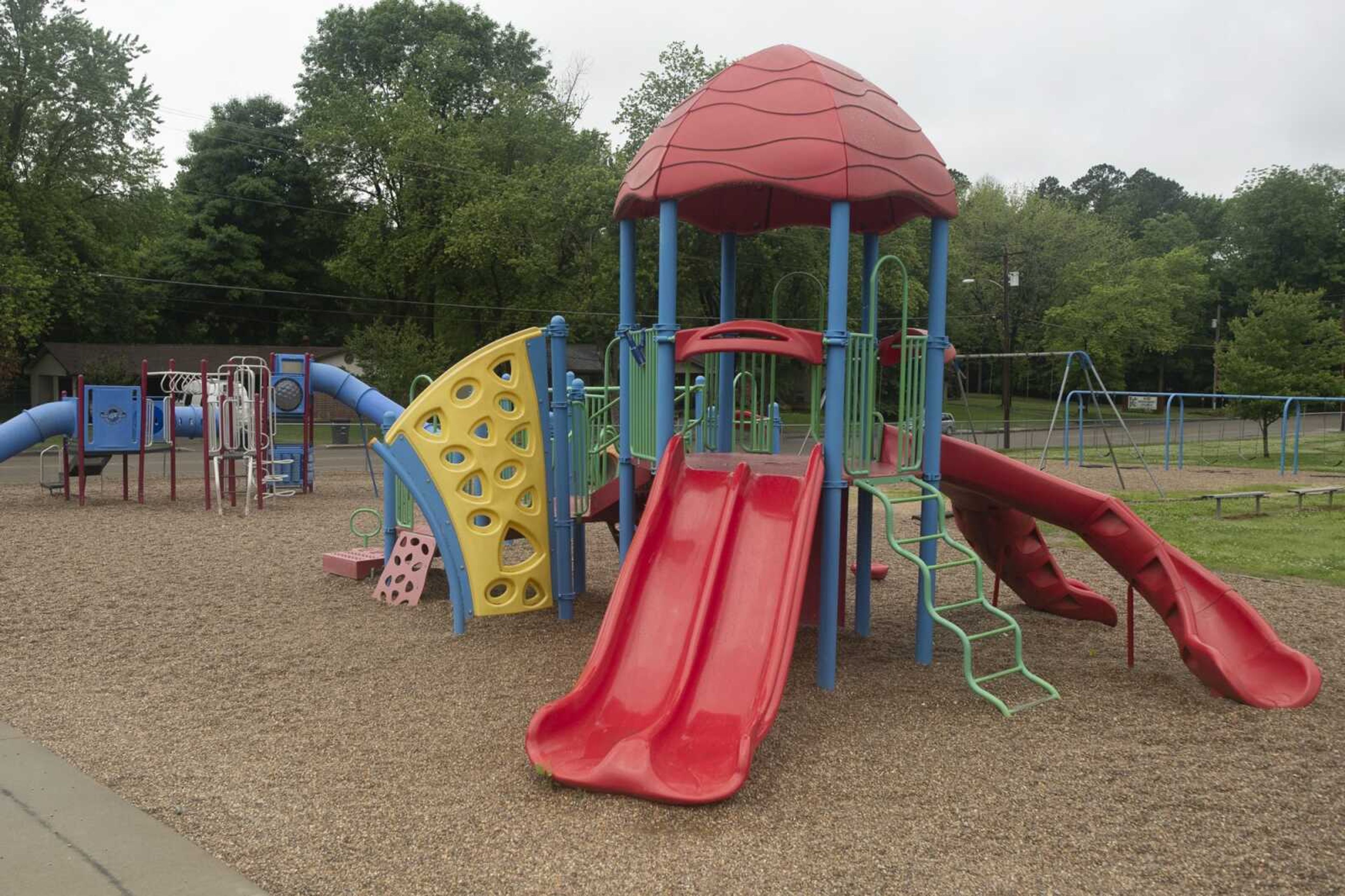Experts concerned about students' emotional, social well-being during coronavirus pandemic
After months without the structure and regularity of school, area experts say children and teenagers may be dealing with challenges that could affect their mental, emotional and social health. Jennifer Gadberry, instructor of psychology at Southeast Missouri State University’s Sikeston Regional Campus, said one of her earliest concerns for children’s’ mental well-being had to do with the televised coverage of the virus...
After months without the structure and regularity of school, area experts say children and teenagers may be dealing with challenges that could affect their mental, emotional and social health.

Jennifer Gadberry, instructor of psychology at Southeast Missouri State University’s Sikeston Regional Campus, said one of her earliest concerns for children’s’ mental well-being had to do with the televised coverage of the virus.
“Even myself, as a middle-aged adult, seeing images of the actual virus ... I could feel my blood pressure rise,” she said. “ ... Kids are seeing that as well, and not only that, but our response, our reaction to it.”
On top of the fear they may have felt as pandemic concerns increased locally, school-aged children had their worlds turned upside down with school suddenly out of session.
Missing structure
The structure of school forces learning such as practiced attention and focus as well as the initiation of questions and interaction with other children, explained Gadberry, who holds a master’s degree in clinical child psychology. In addition to her university position, she also works as a licensed professional counselor, primarily with children and teenagers.
“Even the unstructured type of play they get on the playground gives them opportunities to practice social skills,” she said.

Instructor of psychology on Southeast’s main campus, Dr. Shawn Forrest Guiling said he expected social skill development could “take a bit of a hit” among students in elementary and secondary schools. Guiling is a licensed psychologist with a background in school psychology for school-aged children.
Social skills need to be practiced, he said, and the extended absence of school with summer months ahead and pandemic-era restrictions in place means students will have gone much longer than normal without their usual practice.
“They have to kind of re-learn the organization, re-learn the schedule, re-learn the structure of the building and the day,” Guiling said of a typical year in which students would return to school after a summer break. “And that has its own bumps and difficulties at the beginning of the school year. So it does seem like it will take even a little bit longer to get everybody back in the groove.”
And once they are back in school, several questions will need to be addressed, Guiling said, such as, “How do we kind of hang out together?” and “How do we interact with one another?”
“If they haven’t had a lot of interaction, then they’ll be bursting with excitement to hang out with their peers,” he said. “And then they’re sort of hit with the new reality that they can’t hang out with their peers because there’s a particular distance they need to be apart.”
Connecting

Should children be able to return to school in the fall, Kati Knaup, school counselor at Blanchard Elementary School, encouraged families to trust the educational system.
“Every decision is carefully thought through and made with students’ health and safety in mind,” she said. “Their best interest is at the core of everything.”
Students haven’t just missed the structure of school days. They’ve also been deprived of physical connections to one another and to their teachers. And while many stayed in touch with the help of technology such as Zoom, Skype and Google Hangouts, Gadberry said those interactions can’t replace true human-to-human interaction.
“It can provide a temporary form of comfort and connection, but really what we want it to be is temporary,” she said of social media.
Guiling noted the power of human touch, which he said “brings with it a mood booster.”
“I do, in the back of my mind, notice how when we’re isolated, we’re not fully together,” he added. “It’s just hard to say that that’s the same togetherness as physical human gathering.”
Gadberry explained middle and high school students may have more access to social media and digital connection than young children. “So they’re still able to get some connection and some reassurance that their friends are OK and their family’s OK,” she said, “which is a big part of this.”
That connection provides some assurance, safety and peace of mind in knowing “this will end at some point,” she said.
But while older children and teenagers may be more connected digitally, Gadberry said she has concerns for teenagers and the potential for increased depression due to the closing of schools.
“It’s different for our high school kids,” she said, “because ... now they don’t have the games and the practices ... and all of that is particularly important for identity development.”
But Gadberry, Guiling and Knaup all echoed one sentiment: children are resilient.
“I feel pretty confident if kids — and this goes for middle schoolers and high schoolers, too — if they’ve had some continued encouragement, and even just a few opportunities, to continue their learning and have got a positive, loving connection with someone, and they’re also able to maintain some hope and focus for the future goals, I think that’s going to contribute to their ability to bounce back and to resilience,” Gadberry said.
Uncertainty
She noted fear or uncertainty may manifest in children as anger or irritability.
“For parents, especially of younger children, modeling is such an important thing to remember because [you may have] some fear and anxiety and even feelings of anger,” Knaup said, noting the importance of having honest conversations with children. “Sometimes you’re going to see people doing things you disagree with.”
Those conversations, she said, should let children know their feelings are valid — even “uncomfortable feelings” such as anxiety, fear and anger — “but that they can be worked through when discussed with people that you trust and feel safe around.”
When students return to school, Guiling said parents should temper their academic expectations and be cognizant that conduct issues could occur after so much time away from school rules.
On that topic, Knaup said she believed teachers are prepared and trained to handle disciplinary issues that may arise. And though they may never verbalize it, she said she thinks students will be ready to have some regular routine again.
Gadberry encouraged caregivers to always keep in mind “that we should do more listening than talking” and listed examples of positive prompts when talking with children and teenagers.
“What questions do you have? What do you know about what’s going on? What are you thinking? What are you afraid of?” she said. “And then kind of end it on, ‘What are you looking forward to?’ As far as our mental health goes, I think we need that. We need some semblance of normalcy or some idea that we will return to that, even though it’s uncertain when.”
Looking ahead
She noted an activity that may work for families is one she recommends when talking to college students: creating an “out-of-quarantine” bucket list and posting it somewhere visible.
Guiling recommended, so long as they feel safe to do so, families work together to create some type of social schedule for organized interaction and learning among children that could provide “little tastes” of learning as a group.
“I feel like there’s probably some sensibility in gathering,” he said, noting it may be easier said than done. “Maybe have a little neighborhood group where you just went over a few times this summer ... have a little bit of refresher; maybe each parent in the neighborhood, one’s good with math, one’s good with English and so on.”
With restrictions and pandemic challenges in place, Gadberry said it’s especially important to think outside the box to create necessary social interaction.
“It’s very easy to kind of sit back and go, ‘Well, I really can’t do these things,’ and that’s where our mental health suffers,” she said, “because we feel like we have no control and we feel like there’s no end in sight. Reaching out, talking to people and getting creative with that type of interaction, even though it’s not ideal, I think is really important.”
Connect with the Southeast Missourian Newsroom:
For corrections to this story or other insights for the editor, click here. To submit a letter to the editor, click here. To learn about the Southeast Missourian’s AI Policy, click here.










